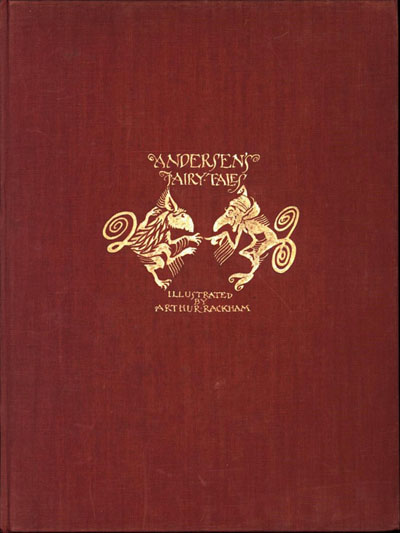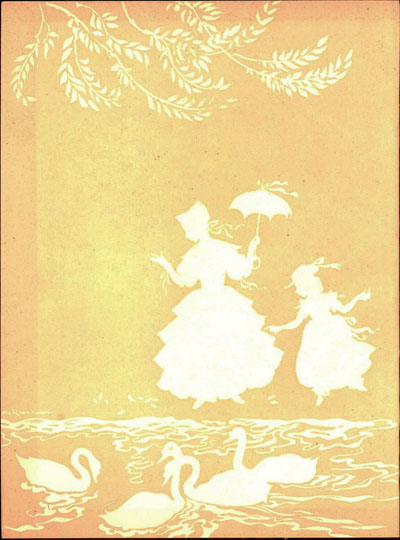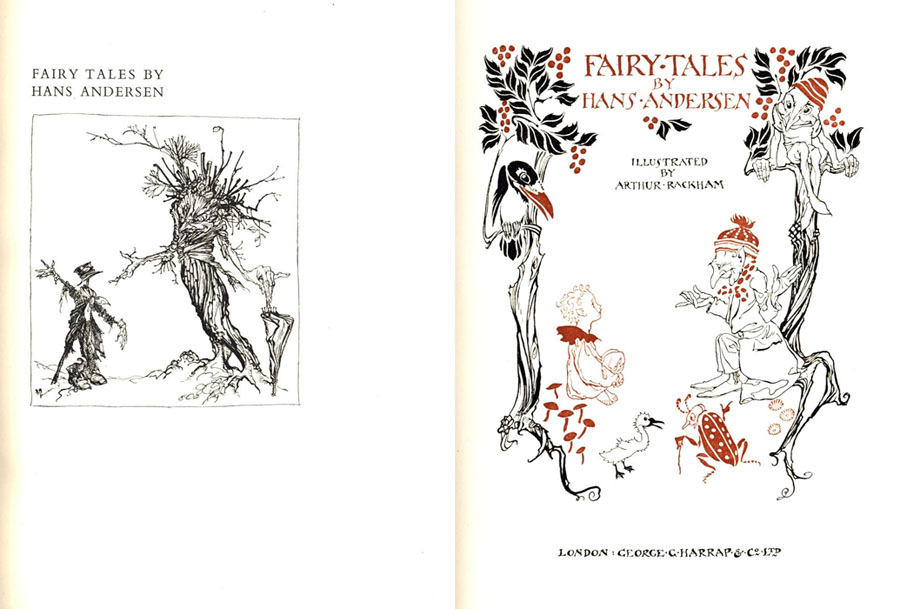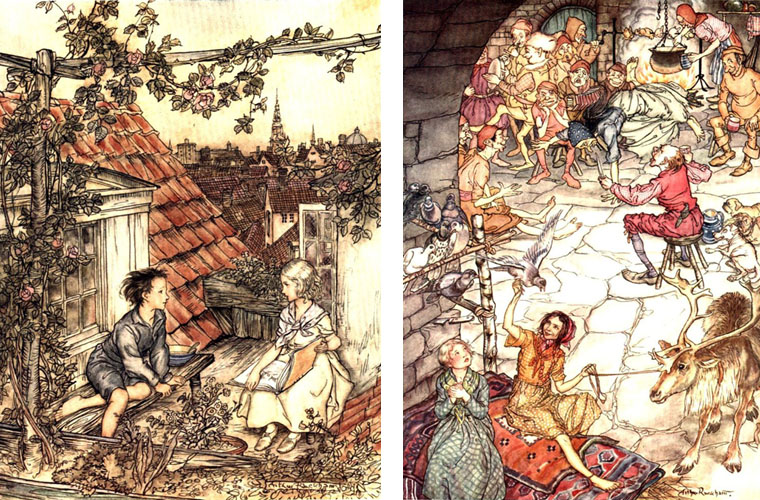By: Bridget McCormick
Hans Christen Andersen was born in Odense, Denmark on April 2, 1805. Hans Andersen Sr. died in 1816, leaving his son and a wife, Anne Marie. While Andersen was not born into wealth, he was finely educated, which has led to speculation that he was secretly an illegitimate child of the Danish royal family. These rumors have never been confirmed.
By 1819, Andersen returned to school supported by a benefactor named Jonas Collin. At the time, he was working as an actor. However through Collin’s encouragement, Andersen began to write. Despite the support, during this period of Andersen’s career, his work was often discouraged by teachers.
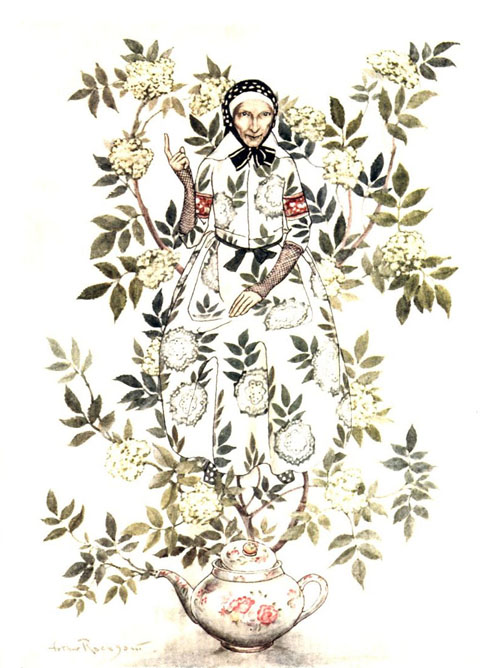 Andersen gained recognition for the first time in 1829 with the publication of a short story entitled “A Journey on Foot from Holmen’s Canal to the East Point of Amager.” After this, Andersen developed his body of work with a play and various poems. It was in 1835 that Andersen began to write his namesake fairytales after winning a grant from the king that allowed him to travel across Europe.
Andersen gained recognition for the first time in 1829 with the publication of a short story entitled “A Journey on Foot from Holmen’s Canal to the East Point of Amager.” After this, Andersen developed his body of work with a play and various poems. It was in 1835 that Andersen began to write his namesake fairytales after winning a grant from the king that allowed him to travel across Europe.
Over the following decades, Andersen continued to write material for both children and adults, penning several autobiographies, narratives of travel, and poetry praising the virtues of the Scandinavian people.

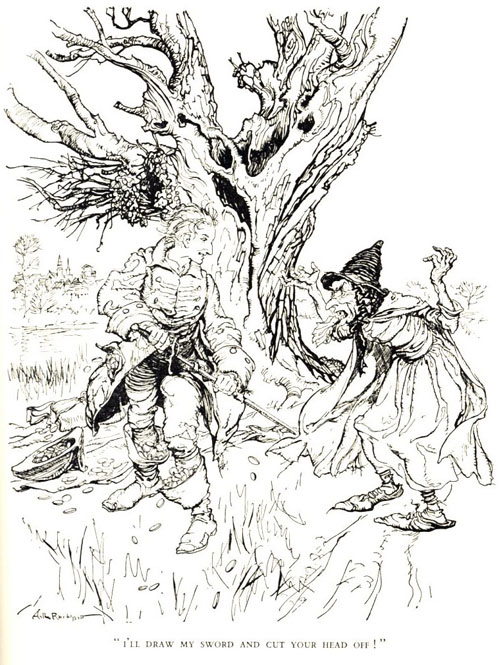 In 1845, Andersen’s folktales and stories began to be published in English, and the translations started to garner interest with foreign audiences. Andersen gained key exposure after becoming acquainted with acclaimed British novelist Charles
In 1845, Andersen’s folktales and stories began to be published in English, and the translations started to garner interest with foreign audiences. Andersen gained key exposure after becoming acquainted with acclaimed British novelist Charles  Dickens in 1847, visiting him in England first and then again a decade later. This relationship gave Andersen a significant tie to the English audience, from which, over time, his tales would acquire worldwide success.
Dickens in 1847, visiting him in England first and then again a decade later. This relationship gave Andersen a significant tie to the English audience, from which, over time, his tales would acquire worldwide success.
To compliment his dense and elaborate fairy tales, Andersen often had his work published alongside intricate illustrations and instances of silhouette paper cutting. The Archives & Rare Books Library holds one such example of Andersen’s work, with a first-edition copy of Andersen’s Fairy Tales, Illustrated by Arthur Rackham. His take on Andersen’s imagery was released after that of Edmund Dulac, who first illustrated Andersen’s anthology of tales in 1911 with Stories from Hans Christian Andersen.
Published in London in 1932 by George G. Harrap & Co. Ltd., the Rackham-illustrated anthology contains a vast array of hand drawn black and white line  and colored plate illustrations. In addition, the endpapers found at the beginning and end of the edition display detailed paper cuttings of whimsical silhouettes; befitting Andersen’s content within the book itself.
and colored plate illustrations. In addition, the endpapers found at the beginning and end of the edition display detailed paper cuttings of whimsical silhouettes; befitting Andersen’s content within the book itself.
For more information about this first edition copy of Andersen’s Fairy Tales, or any other holdings by Rackham and other illustrators, visit the ARB on the 8th floor of Blegen Library. We are open Monday through Friday, 8:00 am-5:00 pm. You can also call us at 513.556.1959, email us at archives@ucmail.uc.edu, visit us on the web at. http://www.libraries.uc.edu/arb.html, or have a look at our Facebook page, https://www.facebook.com/ArchivesRareBooksLibraryUniversityOfCincinnati.

